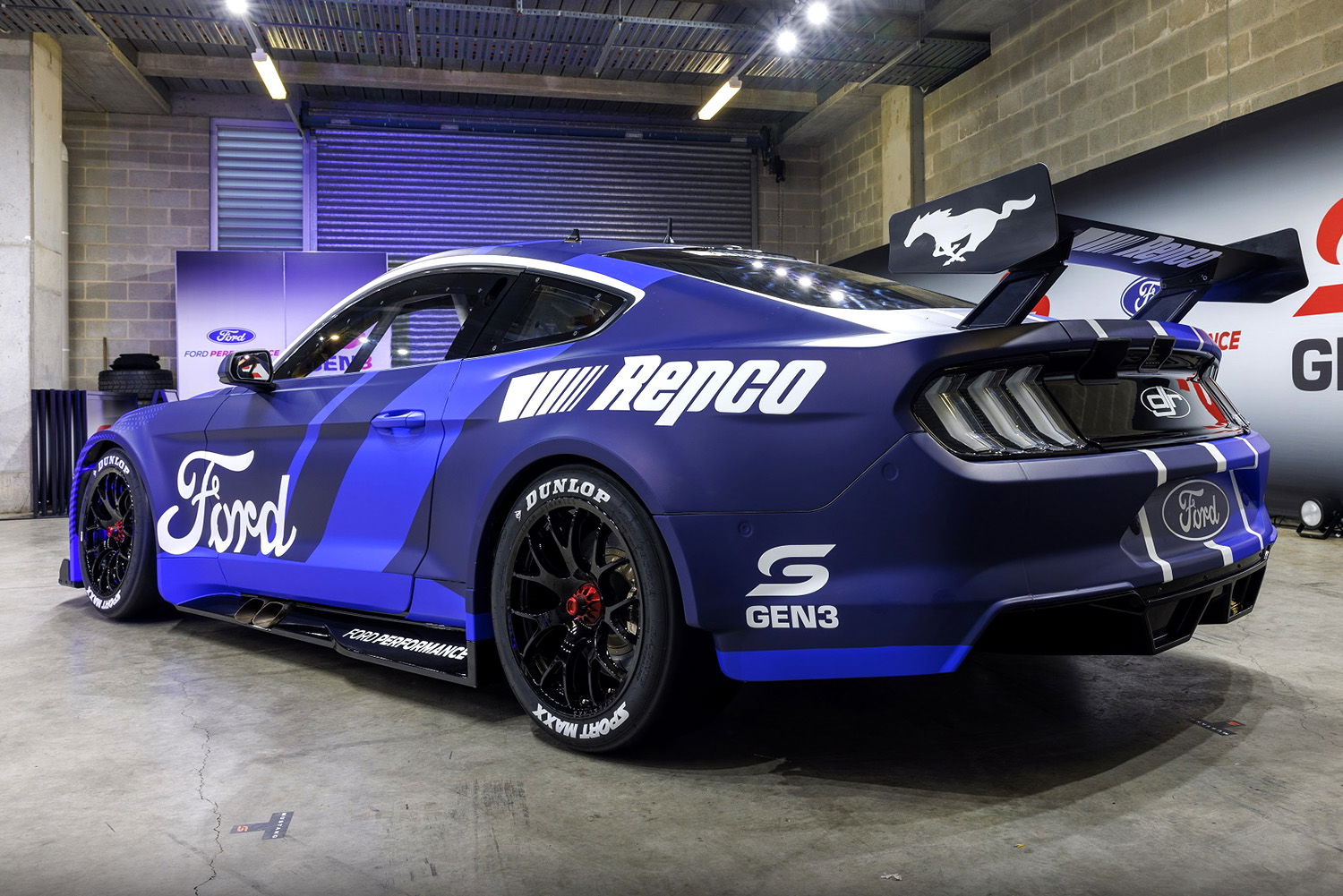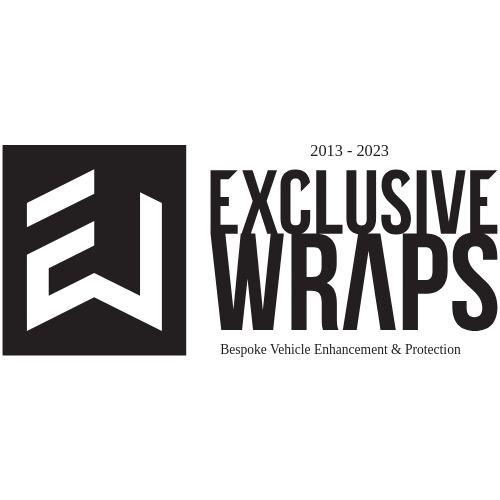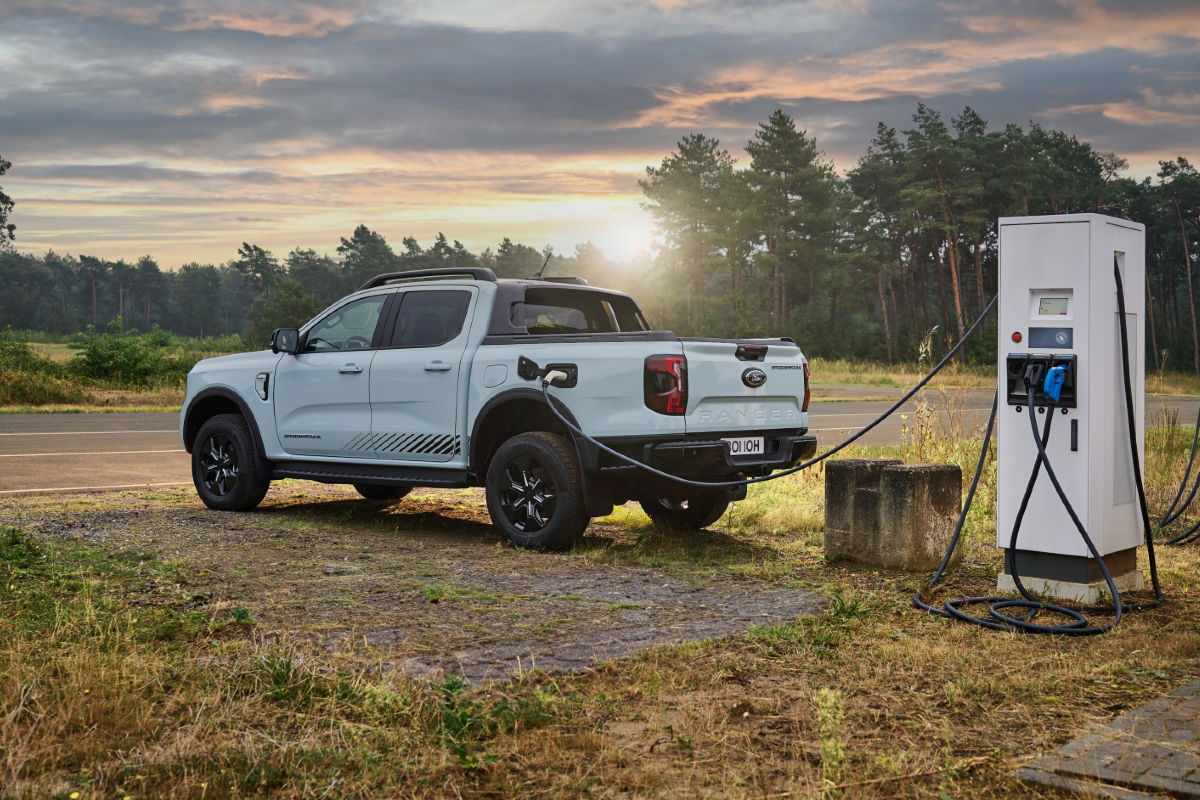

All Supercars teams will have a Gen3-spec Ford Mustang or Chevrolet Camaro to test with by the end of the year.
Supercars is in the midst of testing its prototypes with homologation teams Dick Johnson Racing (Ford) and Triple Eight Race Engineering (Chevrolet).
Once the specification of the next-generation touring cars is finalised, production will begin in earnest, although some chassis manufacturers have begun groundwork.
Speaking with Speedcafe.com, Supercars head of motorsport Adrian Burgess said plans are tentatively in place to have teams testing before the year is out.
“At the moment, the plan is that they will be testing before the end of the year with one car from a two-car team,” Burgess told Speedcafe.com.
“That probably won’t be until November. These changes like [fixing ergonomic issues] have probably slowed down the production a little bit.
“We’ll work with all the suppliers and all the partners, we’ll review a little bit later whether we stick to that, or just say it’s January 1. That decision hasn’t been made yet.”
In the case of Brad Jones Racing and Tickford Racing, both of which run four-car operations, those teams will have two cars at their disposal for testing.
There is a four-week window between the penultimate round of the season on the Gold Coast and the season finale in Adelaide in which testing could in theory be carried out.
As far as chassis supply goes, four builders have been confirmed.
PACE Innovations, Triple Eight Race Engineering, Erebus Motorsport, and Walkinshaw Andretti United will build Gen3 spaceframes in the first instance.
Tickford Racing and Brad Jones Racing, both of which have manufactured cars in-house, haven’t firmed up long-term plans.
In the short term, both will take stock from PACE. The two teams had initially agreed to use PACE-built products on the basis that the Gen3 cars would be introduced midway through 2022, and although that introduction has been pushed out to 2023, they have both agreed to honour that initial agreement.
In the midst of prototype testing, Burgess said the construction of the spaceframes has been slowed to allow for changes given recent ergonomic tweaks.
“PACE has got seven floors done, and they’ve got 14 top sections done,” said Burgess.
“Triple Eight are into chassis three and four. We’re progressing where we can with some of the subsections, but this is why at the moment we’re not full steam ahead. We need to make sure we iron out these small little issues before we press go on production.
“The production timelines we’ve got, we’ve got all the material here, all that stuff is ready to go, we just need to know we’ve got the driver comfortable, and then we’ll sign off on that centre section very quickly.
“There’s a production plan in place, certainly for Cepy [Paul Ceprnich, PACE Innovations owner] to be able to punch out one chassis a week from start to finish.
“We’ve got time on our side, and importantly, we’ve got time to make sure we iron out the issues, have got the drivers comfortable, because we’ll be stuck with this car for a good few years.
“We’ve got to take the time now to get it right before we race it next year. That’s exactly what you do with prototype testing. I’ve done it a million times around the world. This is part of the programme.”
The Gen3 prototypes will make a cameo at the Ned Whisky Tasmania SuperSprint, starting today, and will continue testing at Symmons Plains International Raceway in the days after the race weekend.





















Discussion about this post